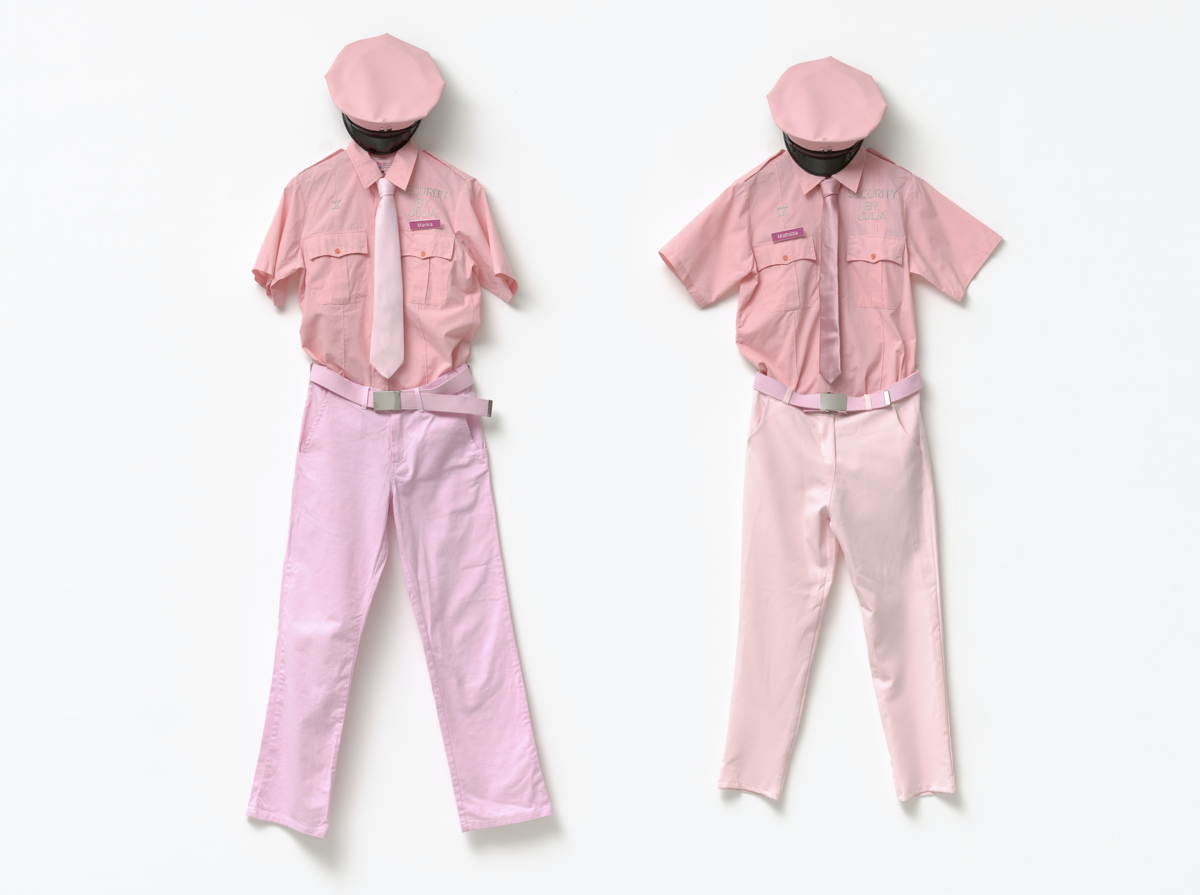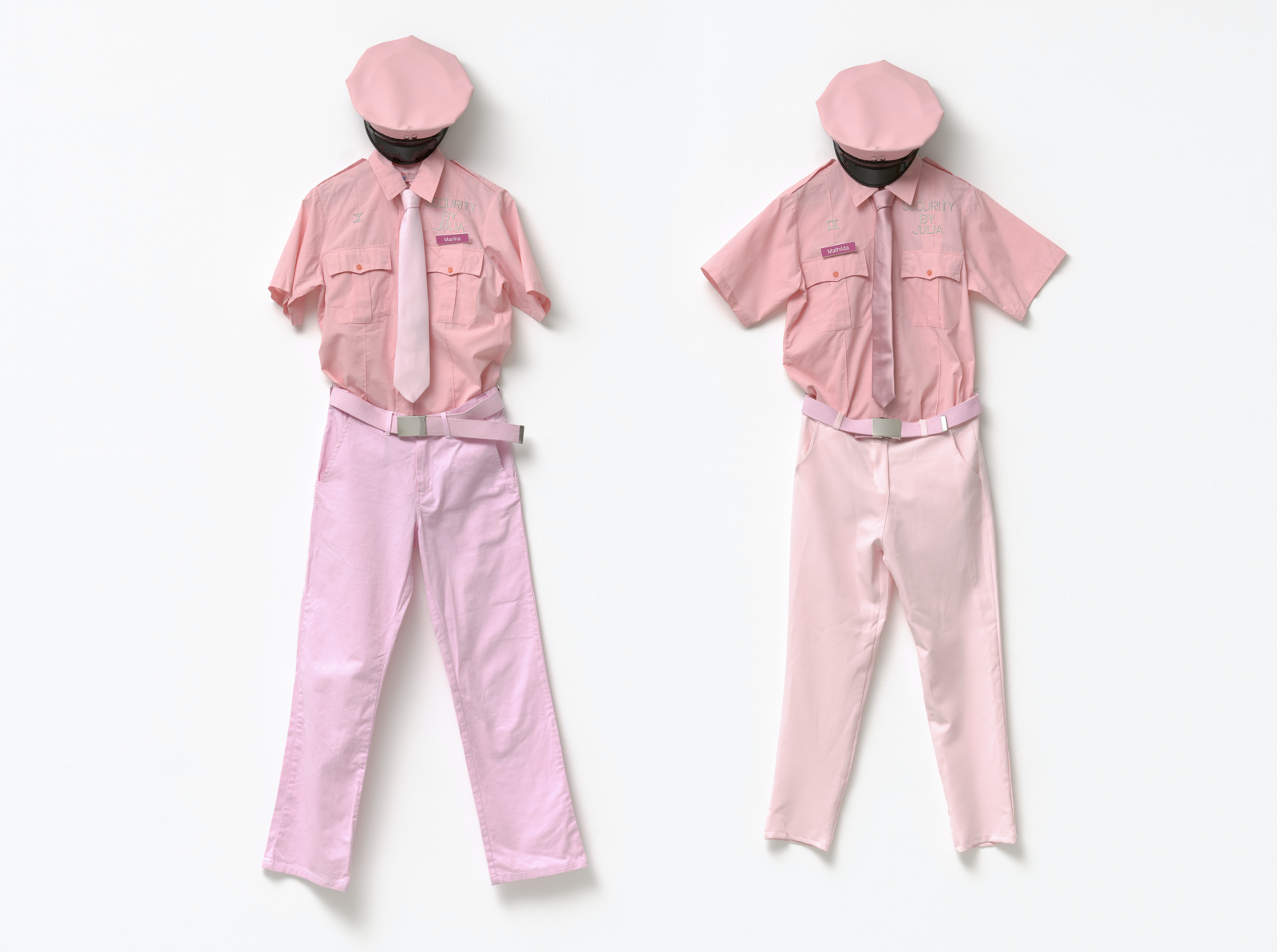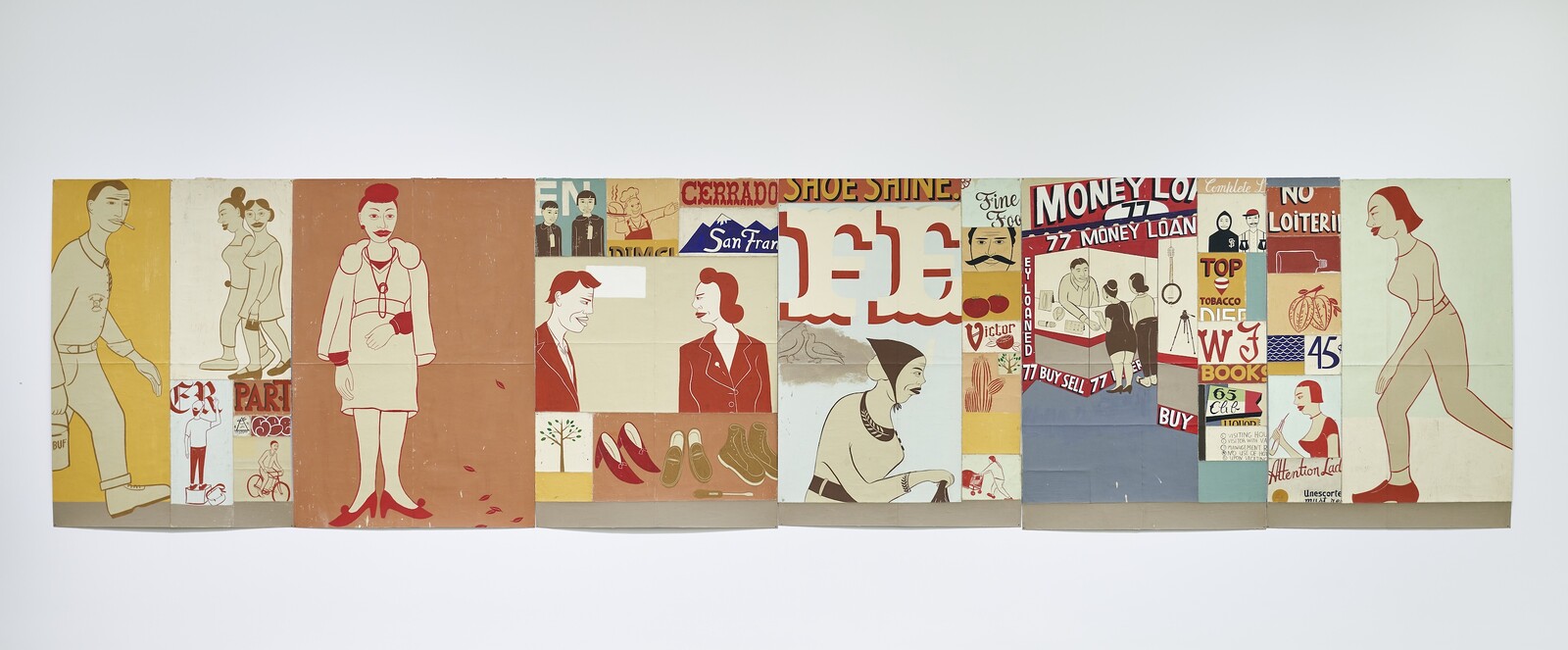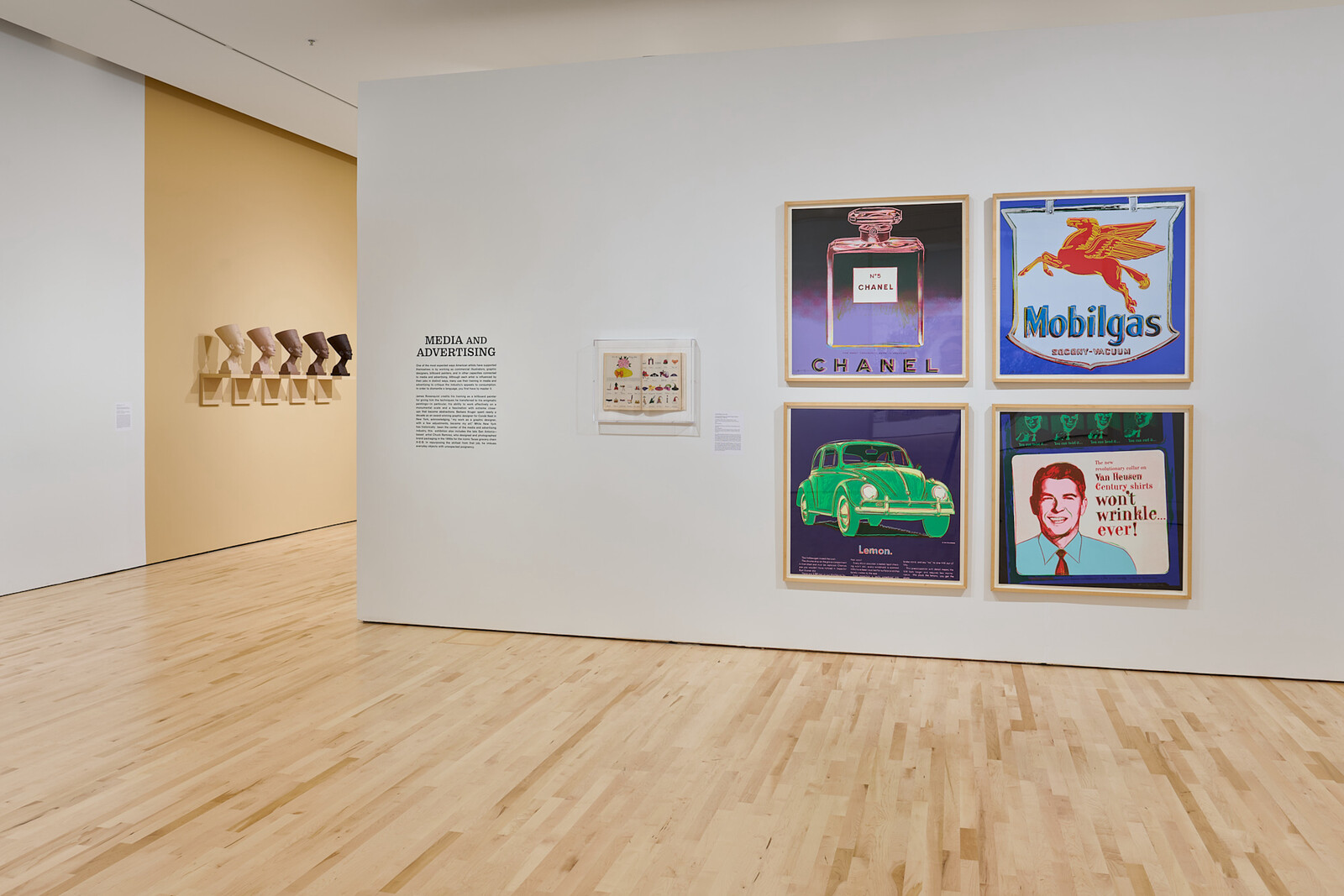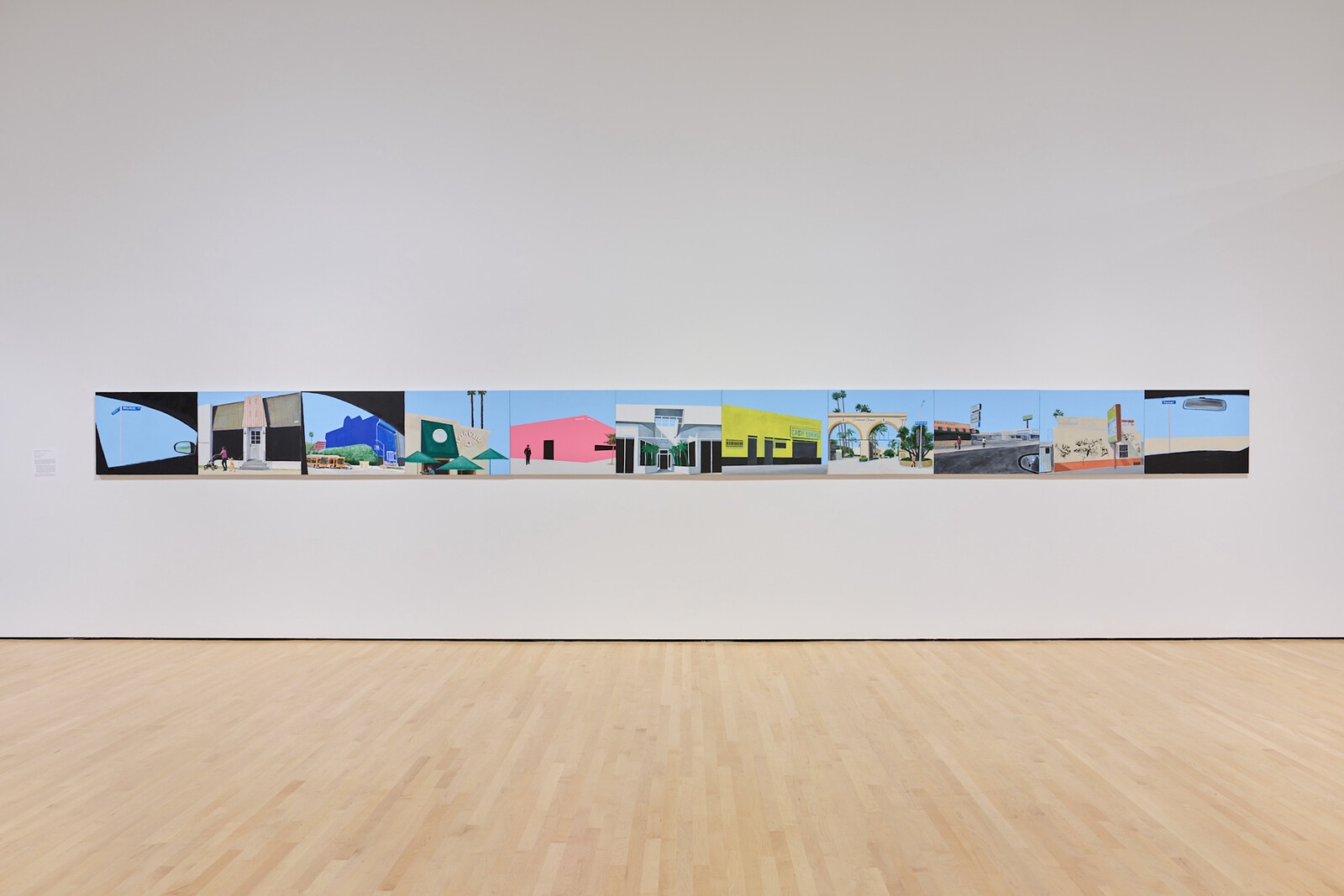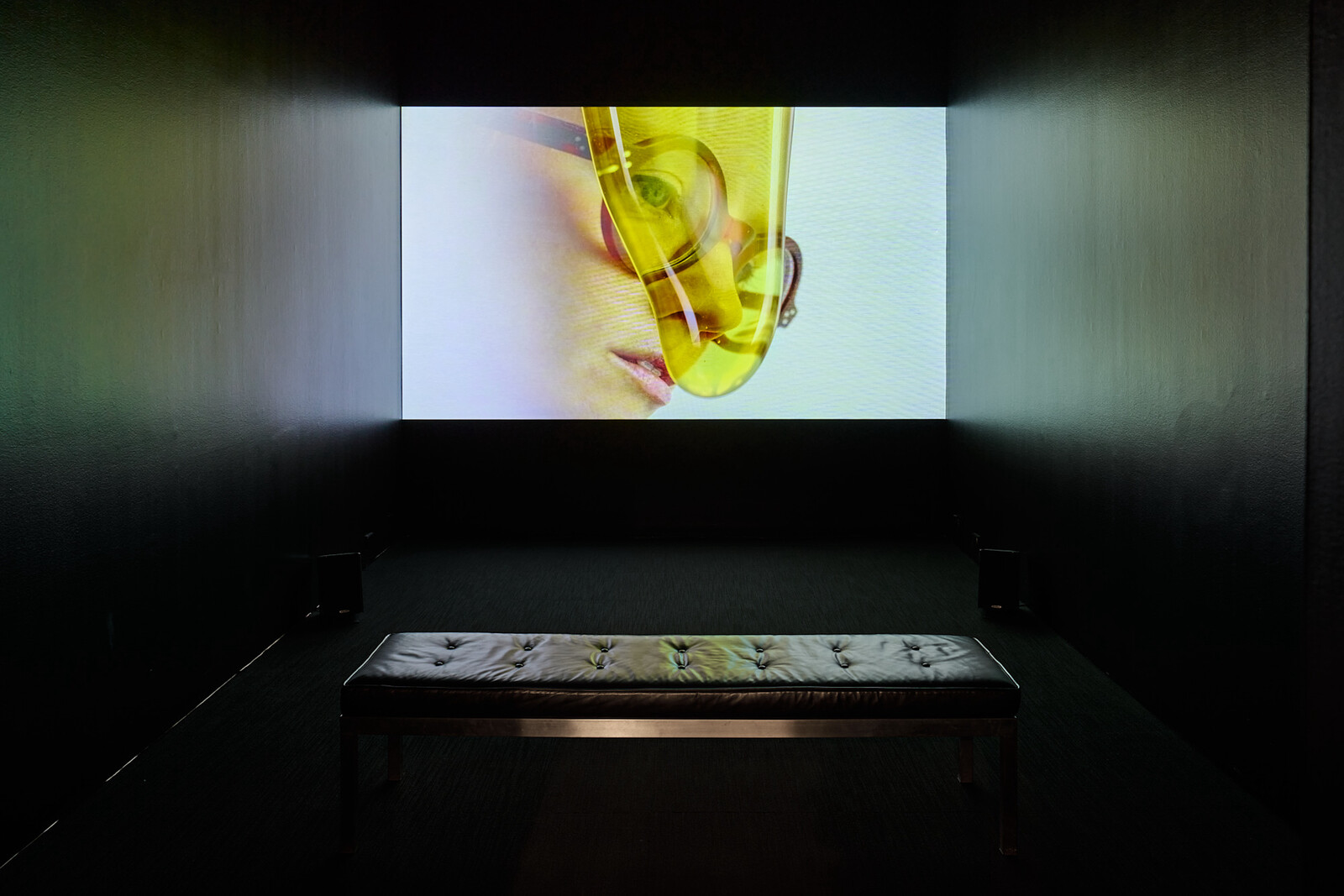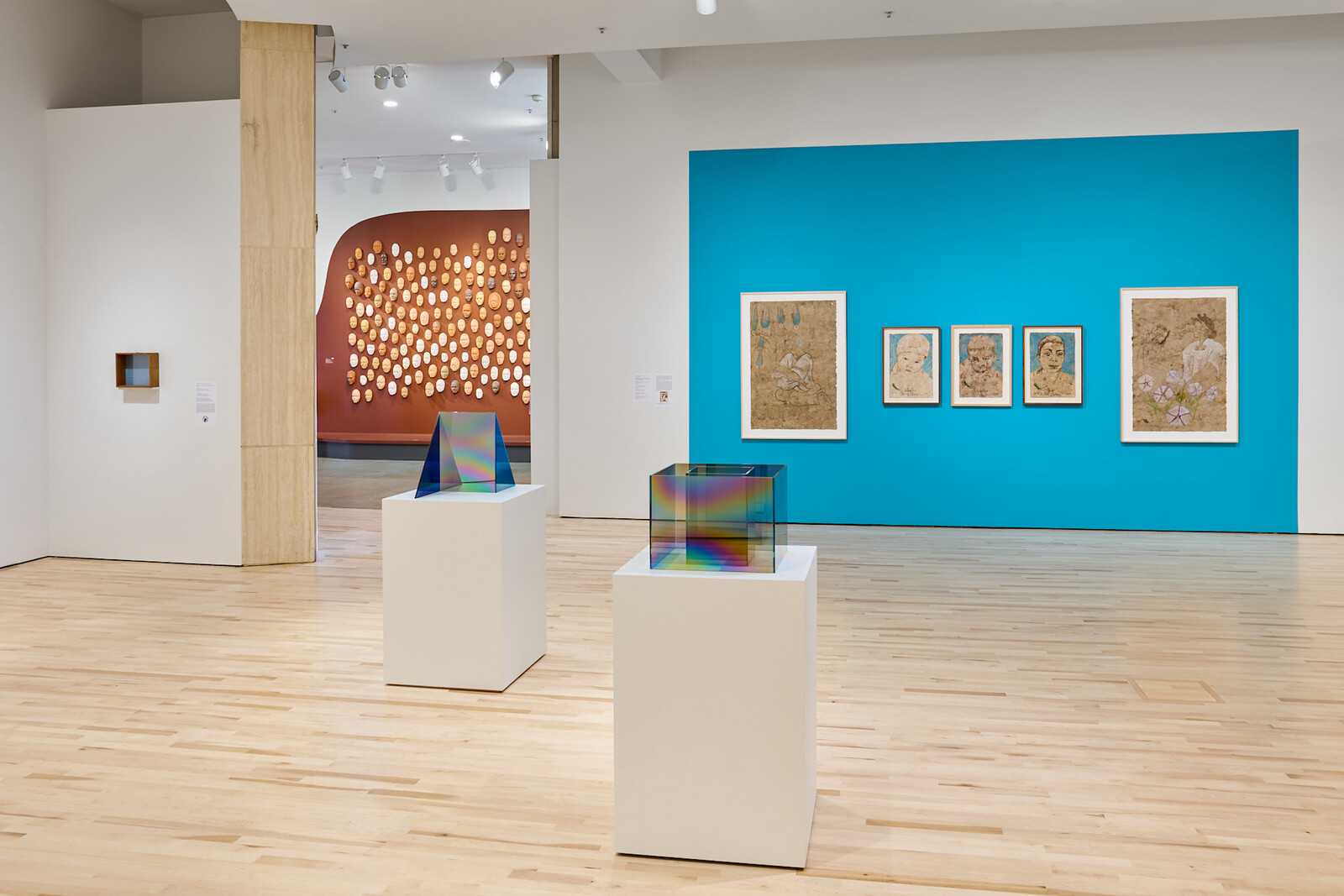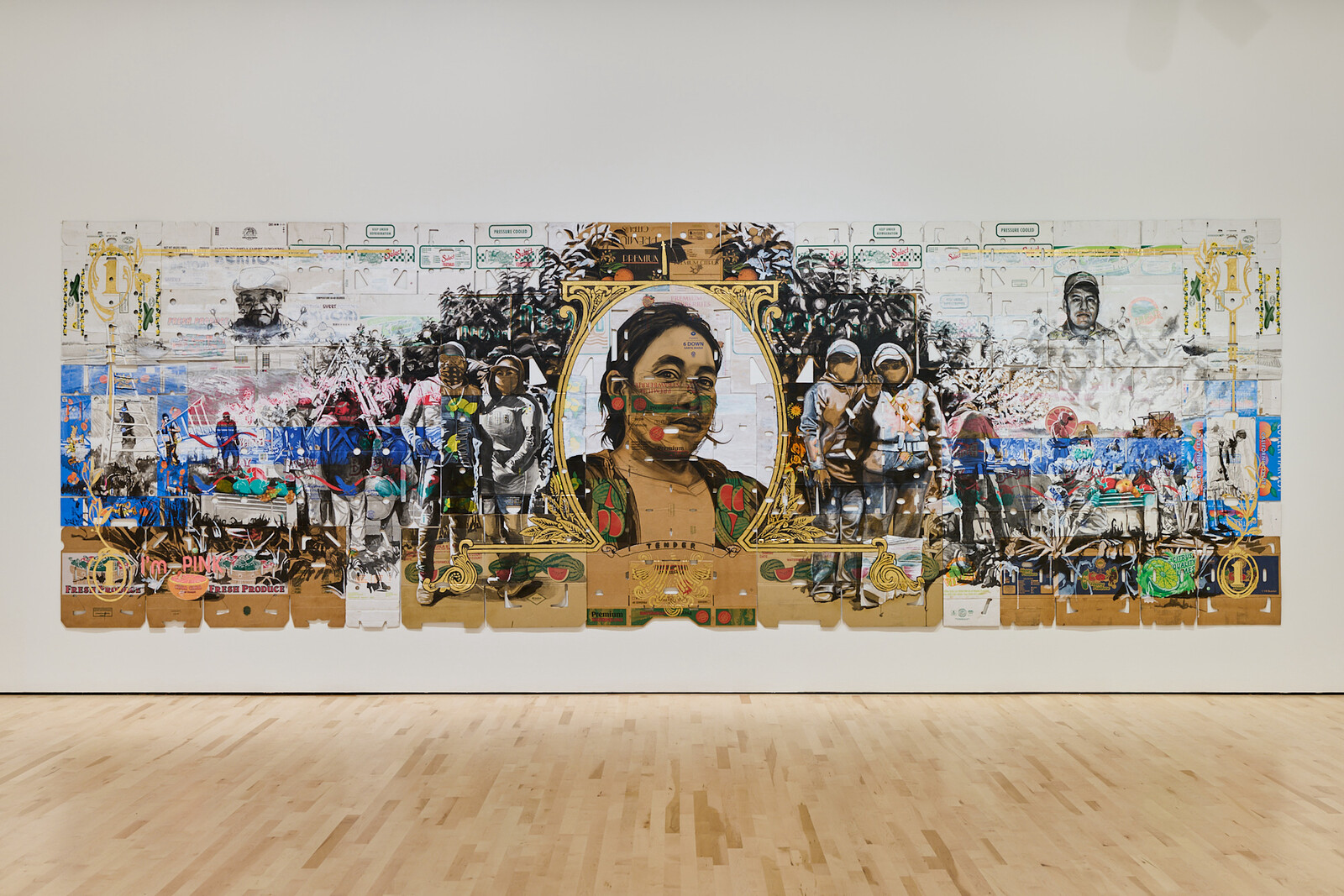On the Reddit page for Contemporary Art last year, an anonymous 24-year-old, freshly armed with a BFA, poignantly asked for guidance on their career.1 Bemoaning their decision to take on a role producing marketing content—a shift in direction from days typically spent “reading art theory, reading different art journals online, making drawings and applying to open calls”—the ingenue expressed guilt for shirking their career while trying to save money for graduate education as an international student. The replies are overwhelmingly supportive, with most respondents reassuring the anonymous poster that they were far from alone, that they could find something relevant to their creative practice and still feel fulfilled, that there are tricks to live cheaply and work efficiently.
One especially astute reply linked to a review of an exhibition that spoke to OP’s very question. Aptly titled “Day Jobs” and debuting at the Blanton Museum of Art at the University of Texas at Austin, the exhibition, organized by Veronica Roberts, gathers some thirty-nine artists working in the United States between World War II and the present day, including some blockbuster stars whose career trajectories were part of their mythologies, like Andy Warhol (commercial illustrator and window display designer for Bonwit Teller) and Jeff Koons (commodities broker, Wall Street). Organized into six distinct sectors of employment—the so-called “art world,” service industry, media and advertising, fashion and design, caregiving, and finance, tech, and law—the exhibition is currently on view at the Cantor Center for the Arts at Stanford University, where it has been updated to include more artists working and living in California.
The works produced by these California artists are among the best in the exhibition, which smartly homes in on the particular forms of gainful employment that have had direct formal and conceptual impact on artistic practice. Margaret Kilgallen, a stalwart of the early aughts Bay Area art scene before her death from cancer at the age of thirty-three, is represented in the opening “art world” section with her graphic mixed-media work Money to Loan (Paintings for the San Francisco Bus Shelter Posters) from 2000. The clean lines and bold colors of the piece drew on the artist’s study of historical typefaces that she encountered while working in the rare books catalogue of the San Francisco Public Library and the hand-lettered signage of the Mission District, where she lived in the era of the dot-com boom. Kilgallen’s figurative work rhymes wonderfully with an adjoining wall of portraits, made by Sandy Rodriguez, of child migrants who died in the custody of US Customs and Border Protection between 2018–19. Rodriguez worked for several decades in museum education and teaching artist roles across various Los Angeles art institutions, crediting her time researching historical materials for her decision to render these emotionally charged images in cochinilla pigment and amate tree bark, materials she came across while researching in Oaxaca, Mexico.
In a nearby gallery dedicated to the work inspired by artists’ time in the service industry, the Oaxaca-born Narsiso Martinez presents a massive, wall-spanning installation from 2022, titled Legal Tender, fashioned from the cardboard produce boxes filled by agricultural laborers—work that Martinez himself did on and off in Washington State between 2009–18 while completing his education. In ink, charcoal and gouache, Martinez has rendered onto the surfaces of the cardboard his fellow farm workers, many of whom are labeled “illegal” by the state because of their status as undocumented immigrants. That the boxes are arranged in the form of a dollar bill only puts a finer point on the conditions of labor and remuneration in contemporary American life.
The hidden engine of the American labor force is also illuminated in a linear, wall-spanning painting titled Melrose Avenue, Eastbound (2016) by Jay Lynn Gomez, who was born in 1986 to then-undocumented Mexican immigrant parents in Los Angeles’s Inland Empire and spent two years as a live-in nanny for the ultra-elite in Beverly Hills, taking time off from her graduate program at CalArts due to financial strain and the responsibility of caring for her ailing grandmother. Melrose Avenue, Eastbound depicts the titular boulevard from the vantage point of a car’s front window, with expanses of blue California sky abutting gray sidewalks dotted by women pushing strollers. These domestic caretakers, so under-noticed in Tinseltown’s emphasis on glamour, are the unsung protagonists of that city, their labor recognized by Gomez and recapitulated to a quietly evocative effect.
In her introductory essay for the catalog, Roberts acknowledges that the exhibition’s premise, so hinged to artistic biography, can be a double-edged sword. On the one hand, accounting for an artist’s day job may help one glean insight into the production of an artwork and its formal logics—this much is clear from the works on view in this exhibition. If there’s a danger that such focus on an artist’s biography—where they were born, how they made their money outside of assisting other artists and selling their work—might overshadow their work, it’s tempered by the fact that the production, circulation, and appreciation of art cannot be separated from the conditions of labor that surround it. “Day Jobs” articulates that artists have never been immune from the vagaries of capitalism in America. Its more powerful contribution, however, is its demonstration of how variously the inequalities of class as lived by race, gender, and immigration status are creatively reimagined. What we might take away from this show—if not a call for the immediate abolishment of our status-quo economic structure—is the novel idea that our daily means of subsistence provide surprisingly rich fodder, in both form and content, for thought-provoking art.
u/hard-conceptualist “Feeling guilty for having a day job,” r/ContemporaryArt on Reddit (2023) https://www.reddit.com/r/ContemporaryArt/comments/164i260/feeling_guilty_for_having_a_day_job/.
